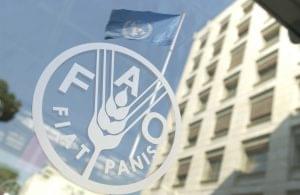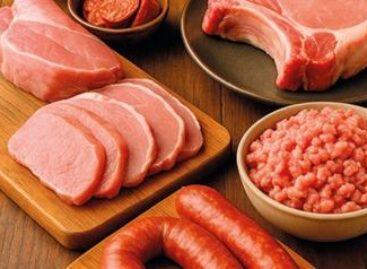Global consumption of animal-based foods to increase significantly within ten years
According to a recent report by the FAO and the OECD, global meat, fish and dairy consumption will grow by 13-14 percent in the next decade. Demand will be driven primarily by emerging economies, while food trade could also set new records – writes vg.hu.
 Global production of agricultural products of animal origin – including marine fisheries and aquaculture – is expected to grow by 14 percent in the next ten years. The growth is driven by population growth and an increase in per capita meat consumption – according to a joint forecast by the Food and Agriculture Organization of the United Nations (FAO) and the OECD.
Global production of agricultural products of animal origin – including marine fisheries and aquaculture – is expected to grow by 14 percent in the next ten years. The growth is driven by population growth and an increase in per capita meat consumption – according to a joint forecast by the Food and Agriculture Organization of the United Nations (FAO) and the OECD.
Global per capita meat consumption is estimated to grow by 6 percent by 2034, but the largest increase can be expected in middle-income countries, where economic growth and population growth are driving demand at the same time. In contrast, per capita consumption in poorer regions is expected to stagnate, while overall consumption is expected to increase due to population growth.
The shift in consumption away from production sites is placing increasing pressure on international food trade. The report predicts that in ten years’ time, 22 percent of calories consumed globally will come from imports – meaning transport and logistics needs will continue to rise.
The expansion in production will be partly driven by increases in productivity per hectare and per animal, particularly in middle-income countries, where growth is driven by new technologies, capital investment, increased use of fertilizers and feed. At the same time, further expansion of cropland is expected, particularly in Africa and South Asia, where access to modern technology remains limited.
Greenhouse gas emissions from agriculture are expected to increase by 6 percent, a slower pace than production growth. Emissions per unit of product are decreasing, and experts say that a wider adoption of low-emission technologies could lead to productivity gains of up to 15 percent and emissions reductions of up to 7 percent.
Related news
Hungarian sausages on the New Year’s Eve table!
🎧 Hallgasd a cikket: Lejátszás Szünet Folytatás Leállítás Nyelv: Auto…
Read more >Domestic meat industry in a market turmoil
🎧 Hallgasd a cikket: Lejátszás Szünet Folytatás Leállítás Nyelv: Auto…
Read more >One of the Vice-Chairs of the OECD Competition Committee became the President of the Hungarian Competition Authority (GVH)
🎧 Hallgasd a cikket: Lejátszás Szünet Folytatás Leállítás Nyelv: Auto…
Read more >Related news
New Year’s Eve: shortened opening hours in stores – general store closure on January 1
🎧 Hallgasd a cikket: Lejátszás Szünet Folytatás Leállítás Nyelv: Auto…
Read more >Tejföl is only a name for live flora: new categories for sour dairy products will be introduced from 2026
🎧 Hallgasd a cikket: Lejátszás Szünet Folytatás Leállítás Nyelv: Auto…
Read more >Sausage prices before New Year’s Eve: cheap entry, expensive premium – how big is the gap on the shelves?
🎧 Hallgasd a cikket: Lejátszás Szünet Folytatás Leállítás Nyelv: Auto…
Read more >






